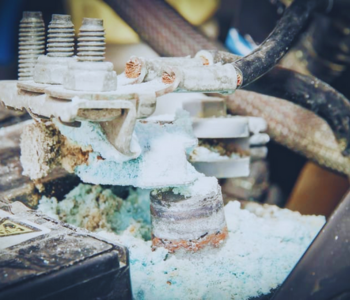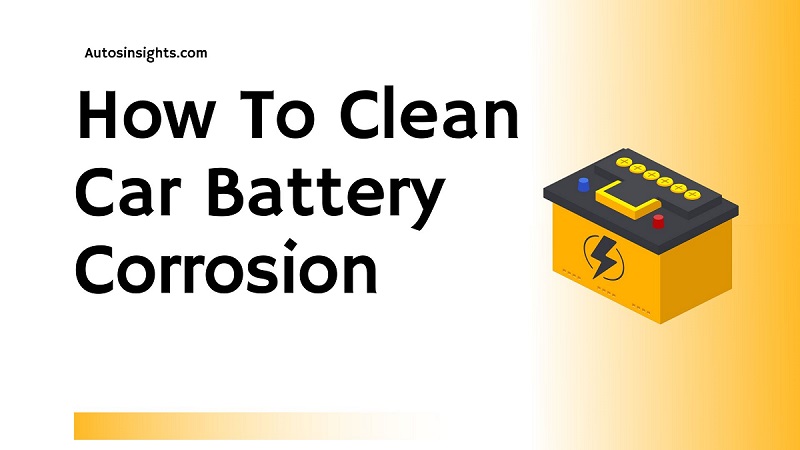People throwing car batteries into water is very bad for the environment, and there have been disturbing stories of this happening. This dangerous behavior threatens marine environments and upsets the delicate balance of marine life. If you read this article, you’ll look into what’s causing this bad trend and how important it is to get rid of batteries in a responsible way.
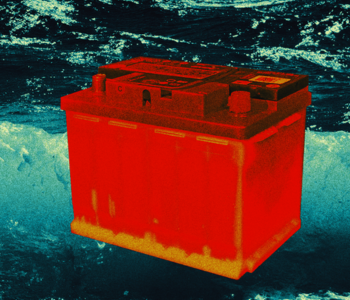
Why Do People Throw Car Batteries In The Ocean In 2023?
People mindlessly throw car batteries into the ocean because no strict law is made against this act. People are unaware that car batteries contain heavy metals like mercury, nickel and lithium that can adversely affect water if disposed of improperly.
- Not enough information and guidance
One of the main reasons people throw car batteries into the water without thinking is that they don’t know any better. Unluckily, many people still don’t know how to dispose of things properly or how their actions affect the environment in the long run. The presence of lead and sulphuric acid, which are often found in car batteries, is bad for the marine environment. We can’t say enough about caring for oceans and teaching people to throw away batteries properly.
Harmful effects of lead and Sulphuric acid in car batteries when thrown in the ocean
Lead and sulfuric acid are two things that you should never put on purpose in the water. Instead, these should be handled through proper waste management methods, such as recycling campaigns or collection stations. Here are some harmful effects of these heavy metals when thrown into the ocean
- Lead Poisoning
The damage that lead does to sea life is terrible. It can mess up aquatic animals’ nervous systems, slow their growth and breeding, and make them act strangely. Marine mammals are affected because they are higher up on the food chain, marine animals like dolphins and seals are more likely to get lead poisoning. Lead can weaken the immune system, make it hard to have children, and hurt the brain.
- Biomagnification
Biomagnification can happen when predators eat contaminated prey, which increases the amount of lead in the surroundings. Lead can build up in the bodies of sea life over time. This is called bioaccumulation.
- Pollution from acid sulfate
Sulfuric acid has a pH that is too low and is very acidic and harmful. When it gets into the ocean, it can drop the pH of the water by a lot, which makes the water more acidic. This could hurt corals, shellfish, and plankton, among other aquatic life, and throw off the delicate balance of the marine ecosystem.
- Marine life can’t grow and reproduce
If sulfuric acid is dumped into the ocean, it could cause chemical reactions that could use up all the oxygen in the water. This could cause places in the ocean where sea life can’t live because there isn’t enough oxygen. Marine life can’t grow and reproduce when sulfuric acid is in the water. This makes it harder for groups to grow and do well.
False beliefs about dumping car batteries in the ocean
Misunderstandings or false ideas could lead to car batteries being dumped into bodies of water by accident. Some people may think that trash can be put there without any harm because the ocean is so big. People might also act quickly and carelessly if they have bad information about other ways to get rid of trash or need to learn how recycling works. Getting rid of these wrong ideas through public awareness efforts is necessary if we want people to act correctly.
- Toxins in car batteries could also hurt people’s health
Lead pollution harms health and can cause sickness, vomiting, seizures, and even death. Eating spoiled seafood is very dangerous to your health for young children and pregnant women specially who can suffer more problems like neurological diseases, organ damage, and slow growth. When we understand the link between the health of our seas and our well-being, we can make smart choices and protect both marine ecosystems and human societies by stopping throwing car batteries in the ocean.
- Acid burns from car battery acid
If you get acid burns from battery acid, it could be because you touched it. If you find batteries on the beach, you should quickly call the police and not touch them. Batteries that people throw away could end up on beaches. Not only is this bad for the earth, but it could also put people in danger. If you come into touch with a battery in salt water, you should wash the area with soap and water immediately.
Public awareness efforts to stop people from throwing car batteries in the ocean
To stop people from throwing car batteries into the sea, it’s important to get the word out. People can learn about the dangers of throwing away car batteries incorrectly through education and awareness efforts. By showing how bad it is to throw batteries into the ocean, these events can teach people how important it is to be responsible for waste and what other options are.
- Campaigns can get people to look for ways to recycle car batteries
Campaigns can get people to look for ways to recycle car batteries and participate in battery-gathering programs by making people aware of the damage that throwing away batteries does to aquatic ecosystems. If more people did this, the number of old car batteries that end up in the sea would drop a lot. People can be convinced to change their ways and live more responsibly if public awareness efforts are made well.
- Public awareness campaigns can help recycling and collection schemes
Recycling and collection schemes can be helped by public awareness campaigns that show how important it is to recycle car batteries. By telling people where and how to recycle their car batteries, these programs make it less likely that old batteries will end up in rivers.
- Carrying out detailed plans by working together
Educating the public can help the government, environmental groups, companies, and communities work together better. By working together, these groups could develop detailed plans for safely disposing of car batteries. For example, they could make more collection sites available, improve recycling infrastructure, and ensure current rules are followed.
- Making waste management more sustainable
Environmental Benefits Public awareness efforts might change how people think about recycling old car batteries and what they do about them. These activities can help make waste management more sustainable by teaching people to be responsible and take care of the environment, reducing trash from the disposal of car batteries, and saving marine habitats for future generations.
Role of Accessibility and Money in throwing car batteries in the Ocean
People may dump their car batteries underwater because of costs and how easy it is to get rid of them. Some wrong ways of getting rid of trash may seem easier or cheaper than right. Some people might find recycling hard because they need the right tools, don’t know about free recycling programs, or can’t get to recycling sites. By teaching people about battery recycling services that don’t cost much, we can reduce the financial benefits that lead to this risky behavior.
What happens if we throw car batteries into the ocean?
A car battery should never be put in water. Large amounts of metals like cobalt, lithium, nickel, and manganese are found in these batteries. These pollutants could kill many marine lives if they got into the water.
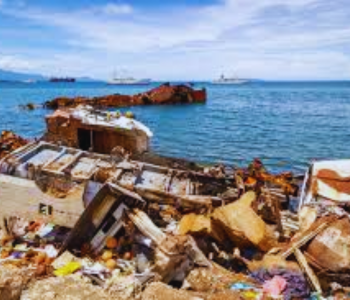
For what reason do People put water in their car batteries?
As part of normal maintenance, lead acid batteries must be topped off with water occasionally. It makes sure that your battery will keep working right and safely. It’s difficult to tell when need to add water to your lead-acid batteries, but your battery could be badly damaged if you don’t.
Does the water from a battery hurt the skin in any way?
Even though there is sulfur in battery acid, the amount is too high to be safe to touch the skin. Sulfur that has been diluted is sometimes put on the face to treat acne and other skin diseases. If acid from a lead battery gets on the skin, it may be necessary to see a doctor immediately.
How does battery acid look?
New Flooded Lead Acid (FLA) batteries will have a clear acid solution that doesn’t change color. But battery acid can get cloudy over time and turn a light grey color.
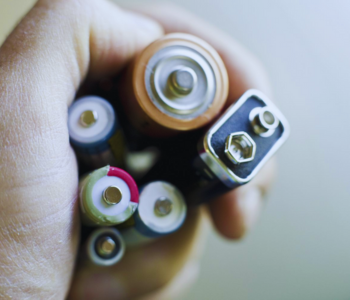
What is the name of the liquid inside a battery?
The electrolyte is the name for the fluid inside your lead-acid battery. To be exact, it’s a mix of sulfuric acid and water. As your battery charges, some of the water in the electrolyte evaporates as it warms up.
Final Thoughts
Throwing car batteries in the water is bad for the environment. Prioritizing the right ways to get rid of batteries, like recycling or using specific collection places, can protect people’s health, keep water from getting dirty, and keep marine life safe. People’s actions and educating the people are very important to this cause. Let’s stop ignoring our role as stewards of the environment, support ways to live that are good for the environment, and work together to keep the oceans clean and healthy. Together we all can have better and healthier lives.
